SRP0179
Lysyl Oxidase-like 2 (LOXL2) FLAG-tag (Sf9-derived) human
recombinant, expressed in baculovirus infected insect cells, ≥65% (SDS-PAGE)
Sinonimo/i:
LOR2, LOXL2, WS9-14
Autenticatiper visualizzare i prezzi riservati alla tua organizzazione & contrattuali
About This Item
Codice UNSPSC:
12352204
NACRES:
NA.32
Prodotti consigliati
Origine biologica
human
Ricombinante
expressed in baculovirus infected insect cells
Saggio
≥65% (SDS-PAGE)
Stato
aqueous solution
Confezionamento
pkg of 10 μg
Concentrazione
>0.02 mg/mL
N° accesso NCBI
N° accesso UniProt
Condizioni di spedizione
dry ice
Temperatura di conservazione
−70°C
Informazioni sul gene
human ... LOXL2(4017)
Descrizione generale
The gene LOXL2 (lysyl oxidase like 2) is mapped to human chromosome 8p21.3. It is widely expressed and belongs to the LOX family of proteins. The protein has a conserved C-terminus region with catalytic function and a divergent N-terminal part.
Human LOXL2 (GenBank Accession No. NM_002318), amino acids 500-end, MW = 32kDa, expressed in a Baculovirus infected Sf9 cell expression system.
Human LOXL2 (GenBank Accession No. NM_002318), amino acids 500-end, MW = 32kDa, expressed in a Baculovirus infected Sf9 cell expression system.
Applicazioni
Useful for the study of enzyme kinetics, screening inhibitors, and selectivity profiling.
Azioni biochim/fisiol
LOXL2 (lysyl oxidase like 2) is an amino oxidase which is dependent on copper and quinone. LOXL2 participates in various events, such as gene transcription, cell migration, adhesion, angiogenesis and differentiation. It is responsible for connecting collagen and/or elastin in the extracellular matrix. It deaminates trimethylated lysine 4 in histone H3, causing transcriptional repression. LOXL2 also oxidises methylated TAF10 (TATA-box binding protein associated factor 10), suppressing some TFIID (transcription factor IID)-associated genes. The LOXL2 gene is upregulated in various cancers, such as gastric cancer, breast cancer and squamous cell carcinomas. The gene is associated with cancer cell invasion, lymph node metastasis and poor overall patient survival.
Stato fisico
Formulated in 25 mM Tris-HCl, pH 8.0, 100 mM NaCl, 0.05% Tween-20, 20% glycerol and 3 mM DTT
Nota sulla preparazione
Thaw on ice. Upon first thaw, briefly spin tube containing enzyme to recover full content of the tube. Aliquot enzyme into single use aliquots. Store remaining undiluted enzyme in aliquots at -70°C. Note: Enzyme is very sensitive to freeze/thaw cycles.
Codice della classe di stoccaggio
12 - Non Combustible Liquids
Classe di pericolosità dell'acqua (WGK)
WGK 1
Punto d’infiammabilità (°F)
Not applicable
Punto d’infiammabilità (°C)
Not applicable
Scegli una delle versioni più recenti:
Certificati d'analisi (COA)
Lot/Batch Number
Non trovi la versione di tuo interesse?
Se hai bisogno di una versione specifica, puoi cercare il certificato tramite il numero di lotto.
Possiedi già questo prodotto?
I documenti relativi ai prodotti acquistati recentemente sono disponibili nell’Archivio dei documenti.
The function and mechanisms of action of LOXL2 in cancer (Review).
Wu L and Zhu Y
International Journal of Molecular Medicine, 36, 1200-1204 (2015)
The LOXL2 gene encodes a new lysyl oxidase-like protein and is expressed at high levels in reproductive tissues.
Jourdan-Le Saux C, et al.
The Journal of Biological Chemistry, 274, 12939-12944 (1999)
LOXL2 Oxidizes Methylated TAF10 and Controls TFIID-Dependent Genes during Neural Progenitor Differentiation.
Iturbide A, et al.
Molecular Cell, 58, 755-766 (2015)
Rika Nishikawa et al.
FEBS letters, 589(16), 2136-2145 (2015-06-23)
Here, we found that members of the microRNA-29 family (miR-29a/b/c; "miR-29s") were significantly reduced in clear cell renal cell carcinoma (ccRCC) tissues, suggesting that they functioned as tumour suppressors. Restoration of all mature members of the miR-29 family inhibited cancer
Keiko Mizuno et al.
International journal of oncology, 48(2), 450-460 (2015-12-18)
Lung cancer remains the most frequent cause of cancer-related death in developed countries. A recent molecular-targeted strategy has contributed to improvement of the remarkable effect of adenocarcinoma of the lung. However, such treatment has not been developed for squamous cell
Il team dei nostri ricercatori vanta grande esperienza in tutte le aree della ricerca quali Life Science, scienza dei materiali, sintesi chimica, cromatografia, discipline analitiche, ecc..
Contatta l'Assistenza Tecnica.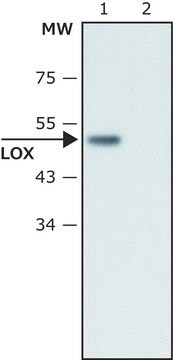
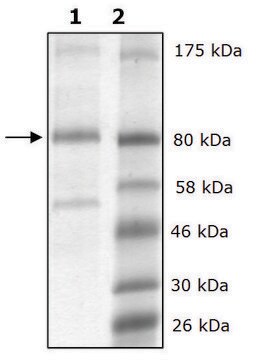
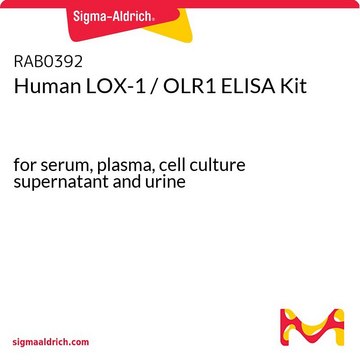
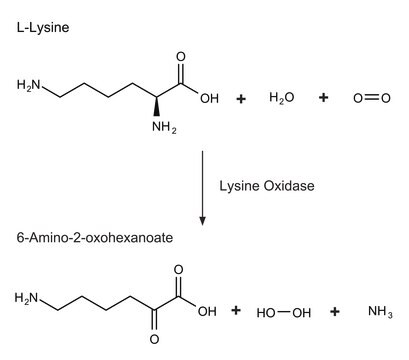


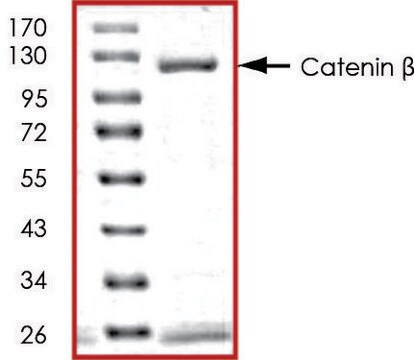
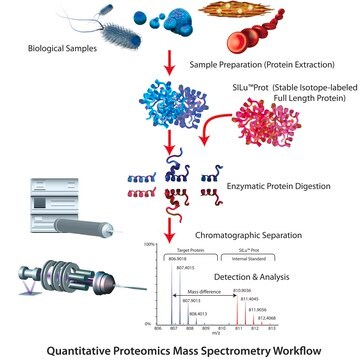
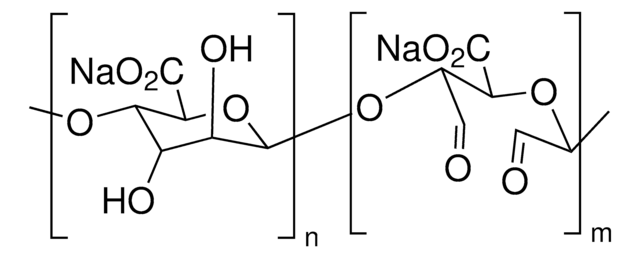
![[Sar1]-Angiotensin II](/deepweb/assets/sigmaaldrich/product/images/137/487/53f05a09-0a41-4ef6-8f3f-d5b66eb68801/640/53f05a09-0a41-4ef6-8f3f-d5b66eb68801.jpg)